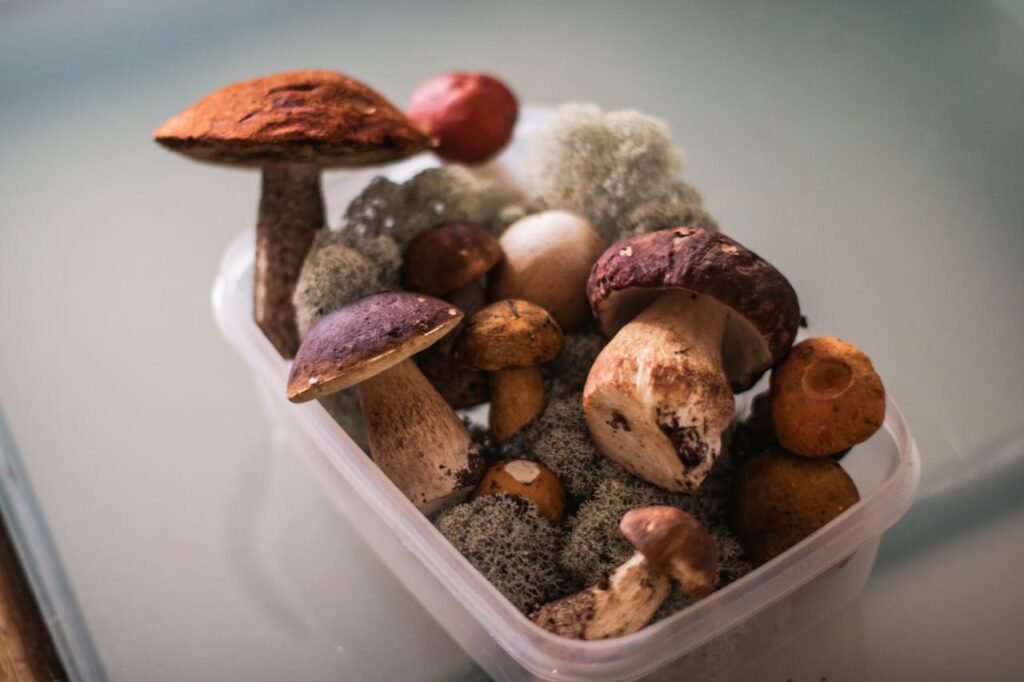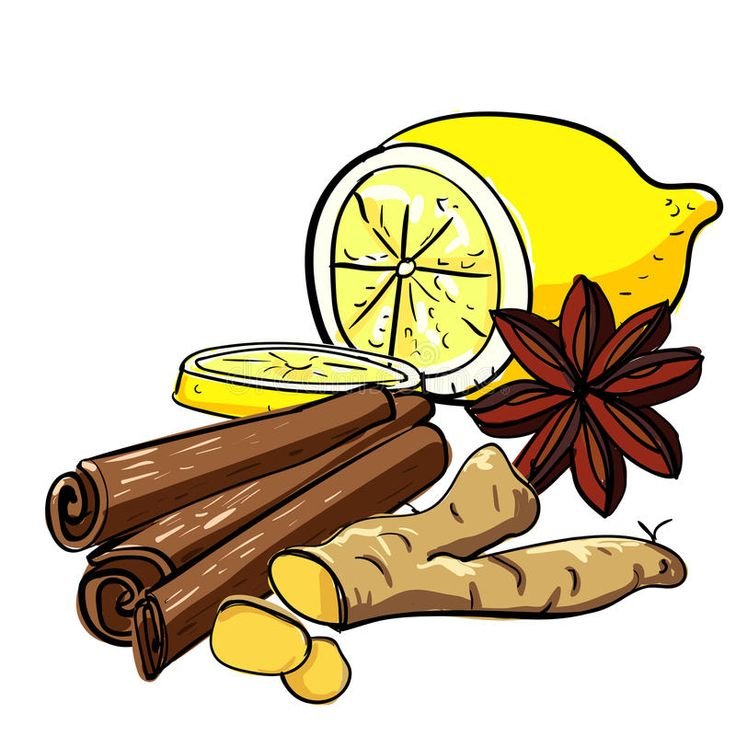
As more people adopt plant-based diets for health, environmental, or ethical reasons, a common concern that arises is how to ensure adequate protein intake. Protein is essential for building and repairing tissues, producing enzymes and hormones, and supporting overall health. While traditional diets often rely on animal products as primary protein sources, plant-based diets can provide all the protein you need if approached correctly. This article will explore how to ensure you’re getting enough protein on a plant-based diet, covering key sources, combining foods for complete proteins, and tips for meeting your nutritional needs.
Understanding Protein and Its Importance
What is Protein?
Protein is a macronutrient made up of amino acids, which are the building blocks of the body. There are 20 different amino acids, nine of which are considered essential because the body cannot produce them on its own. These essential amino acids must be obtained through diet.
The Role of Protein in the Body

Protein plays a crucial role in various bodily functions. It is essential for:
- Muscle Growth and Repair: Protein is necessary for maintaining and building muscle tissue.
- Enzyme and Hormone Production: Many enzymes and hormones are made from proteins, regulating processes such as metabolism and immune response.
- Immune Function: Proteins are involved in the formation of antibodies that help protect the body from infections.
- Transport and Storage of Nutrients: Proteins help carry nutrients and oxygen throughout the body.
Plant-Based Protein Sources

Legumes: Beans, Lentils, and Peas
Legumes are among the richest plant-based sources of protein. They are also high in fiber, vitamins, and minerals. Common legumes include:
- Black Beans: Approximately 15 grams of protein per cup.
- Chickpeas: Around 14.5 grams of protein per cup.
- Lentils: Approximately 18 grams of protein per cup.
Nuts and Seeds
Nuts and seeds are excellent sources of protein, healthy fats, and essential nutrients. They can be eaten on their own, added to meals, or used in plant-based spreads like almond butter or tahini. Notable examples include:
- Almonds: About 6 grams of protein per ounce (28 grams).
- Chia Seeds: Roughly 4.7 grams of protein per ounce.
- Pumpkin Seeds: Around 7 grams of protein per ounce.
Whole Grains
Whole grains offer more protein than refined grains, making them a valuable part of a plant-based diet. They also provide fiber, B vitamins, and minerals. Key protein-rich whole grains include:
- Quinoa: About 8 grams of protein per cup cooked, and it’s also a complete protein.
- Brown Rice: Roughly 5 grams of protein per cup cooked.
- Oats: Approximately 6 grams of protein per cup cooked.
Soy Products
Soy is a complete protein, meaning it contains all nine essential amino acids. It’s a versatile ingredient in plant-based diets, commonly found in the following forms:
- Tofu: About 10 grams of protein per half-cup.
- Tempeh: Around 15 grams of protein per half-cup.
- Edamame: Approximately 8.5 grams of protein per half-cup.
Vegetables
While vegetables are not as protein-dense as legumes or nuts, they can still contribute to your daily protein intake. Some of the higher protein vegetables include:
- Broccoli: About 2.5 grams of protein per cup.
- Spinach: Roughly 5 grams of protein per cooked cup.
- Brussels Sprouts: Approximately 3 grams of protein per cup.
Combining Foods for Complete Proteins

What Are Complete Proteins?
Complete proteins contain all nine essential amino acids in sufficient quantities. While most plant-based foods are not complete proteins on their own, combining different sources throughout the day can ensure you get all the essential amino acids.
Examples of Food Combinations
Here are some examples of plant-based food combinations that can provide complete proteins:
- Rice and Beans: Together, they offer a complete amino acid profile.
- Peanut Butter and Whole Wheat Bread: This classic combination provides all essential amino acids.
- Hummus and Pita: Chickpeas in hummus and whole wheat in pita combine to form a complete protein.
Tips for Meeting Your Protein Needs on a Plant-Based Diet

Eat a Variety of Foods
Diversity is key to a well-rounded plant-based diet. By including a wide range of protein sources like legumes, nuts, seeds, whole grains, and vegetables, you can ensure you’re getting all the essential amino acids and nutrients your body needs.
Plan Your Meals
Planning your meals helps you monitor your protein intake and ensure you’re meeting your daily requirements. Including a protein source in each meal and snack can help you reach your goals.
Consider Protein Supplements
If you’re concerned about meeting your protein needs, consider plant-based protein powders made from sources like pea protein, hemp protein, or brown rice protein. These can be added to smoothies or used in recipes to boost protein intake.
Monitor Your Protein Intake

Depending on your age, sex, and activity level, your protein needs may vary. Generally, the Recommended Dietary Allowance (RDA) is 46 grams per day for women and 56 grams per day for men, but active individuals or those looking to build muscle may need more. Keeping track of your protein intake can help ensure you’re meeting your body’s needs.
Conclusion: Achieving Adequate Protein on a Plant-Based Diet
Getting enough protein on a plant-based diet is entirely achievable with thoughtful planning and a varied diet. By including a diverse range of protein-rich foods, combining sources for complete proteins, and paying attention to your daily intake, you can meet your nutritional needs and enjoy the health benefits of a plant-based lifestyle. Remember, it’s not just about quantity but also the quality of the protein sources you choose, ensuring you maintain a balanced, nutrient-rich diet that supports overall wellness.

















